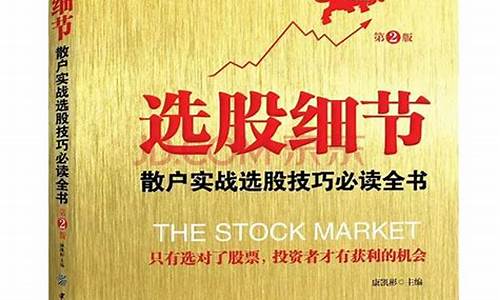关于股票周期的书籍(股票周期性规律)
Understanding Stock Market Cycles: A Comprehensive Guide
Investing in the stock market can be both exhilarating and daunting. One key concept that every investor should grasp is the idea of stock market cycles. These cycles dictate the rhythm of the market, influencing investor sentiment, stock prices, and overall economic health. In this article, we'll delve into the intricacies of stock market cycles, exploring their phases, drivers, and implications for investors.
The Four Phases of Stock Market Cycles
Stock market cycles typically consist of four distinct phases: expansion, peak, contraction, and trough. During the expansion phase, economic indicators are positive, corporate earnings are rising, and investor optimism fuels a bull market. As the market reaches its peak, euphoria prevails, with excessive speculation and inflated asset prices. The contraction phase follows, characterized by declining stock prices, deteriorating economic fundamentals, and investor fear leading to a bear market. Finally, the market bottoms out at the trough, signaling the end of the contraction phase and the beginning of a new cycle.

Drivers of Stock Market Cycles
Several factors drive stock market cycles, including economic indicators, monetary policy, geopolitical events, and investor psychology. Economic data such as GDP growth, unemployment rates, and consumer spending provide insights into the health of the economy and influence market sentiment. Central bank actions, such as interest rate changes and quantitative easing programs, also play a crucial role in shaping market cycles. Geopolitical events, such as trade tensions or political unrest, can trigger market volatility and alter investor sentiment. Moreover, investor psychology, herd mentality, and behavioral biases contribute to the cyclical nature of the stock market.
Implications for Investors
Understanding stock market cycles is essential for investors to make informed decisions and navigate market fluctuations effectively. During the expansion phase, investors may seek growth opportunities and allocate capital to equities with strong fundamentals. As the market approaches its peak, caution is warranted, and portfolio diversification becomes crucial to mitigate risks. During the contraction phase, defensive strategies such as hedging or reducing exposure to equities may be prudent to preserve capital. Finally, at the trough, investors can capitalize on undervalued assets and position themselves for the next cycle.
In conclusion, stock market cycles are an inherent feature of financial markets, driven by a complex interplay of economic, monetary, and psychological factors. By understanding the phases, drivers, and implications of these cycles, investors can navigate the market with confidence and adapt their strategies accordingly. Stay informed, stay disciplined, and embrace the cyclical nature of the stock market for long-term investment success.




